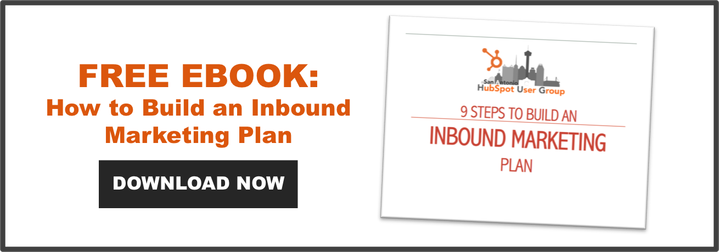 Written by Brian Halligan | @bhalligan
Written by Brian Halligan | @bhalligan
Editor's Note: A more detailed version of this article has been published here: "Inbound Marketing and the Next Phase of Marketing on the Web"
When I talk with most marketers today about how they generate leads and fill the top of their sales funnel, most say trade shows, seminar series, email blasts to purchased lists, internal cold calling, outsourced telemarketing, and advertising.
I call these methods "outbound marketing" where a marketer pushes his message out far and wide hoping that it resonates with that needle in the haystack.
I think outbound marketing techniques are getting less and less effective over time for two reasons.
First, your average human today is inundated with over 2,000 outbound marketing interruptions per day and is figuring out more and more creative ways to block them out, including caller ID, spam filtering, Tivo, and Sirius satellite radio.
Second, the cost of coordination around learning about something new or shopping for something new using the internet (search engines, blogs, and social media) is now much lower than going to a seminar at the Marriott or flying to a trade show in Las Vegas.
Rather than doing outbound marketing to the masses of people who are trying to block you out, I advocate doing "inbound marketing" where you help yourself "get found" by people already learning about and shopping in your industry.
Learn more about what is inbound marketing
In order to do this, you need to set your website up like a "hub" for your industry that attracts visitors naturally through search engines, theblogosphere, and social media.
I believe most marketers today spend 90% of their efforts on outbound marketing and 10% on inbound marketing, and I advocate that those ratios flip.




